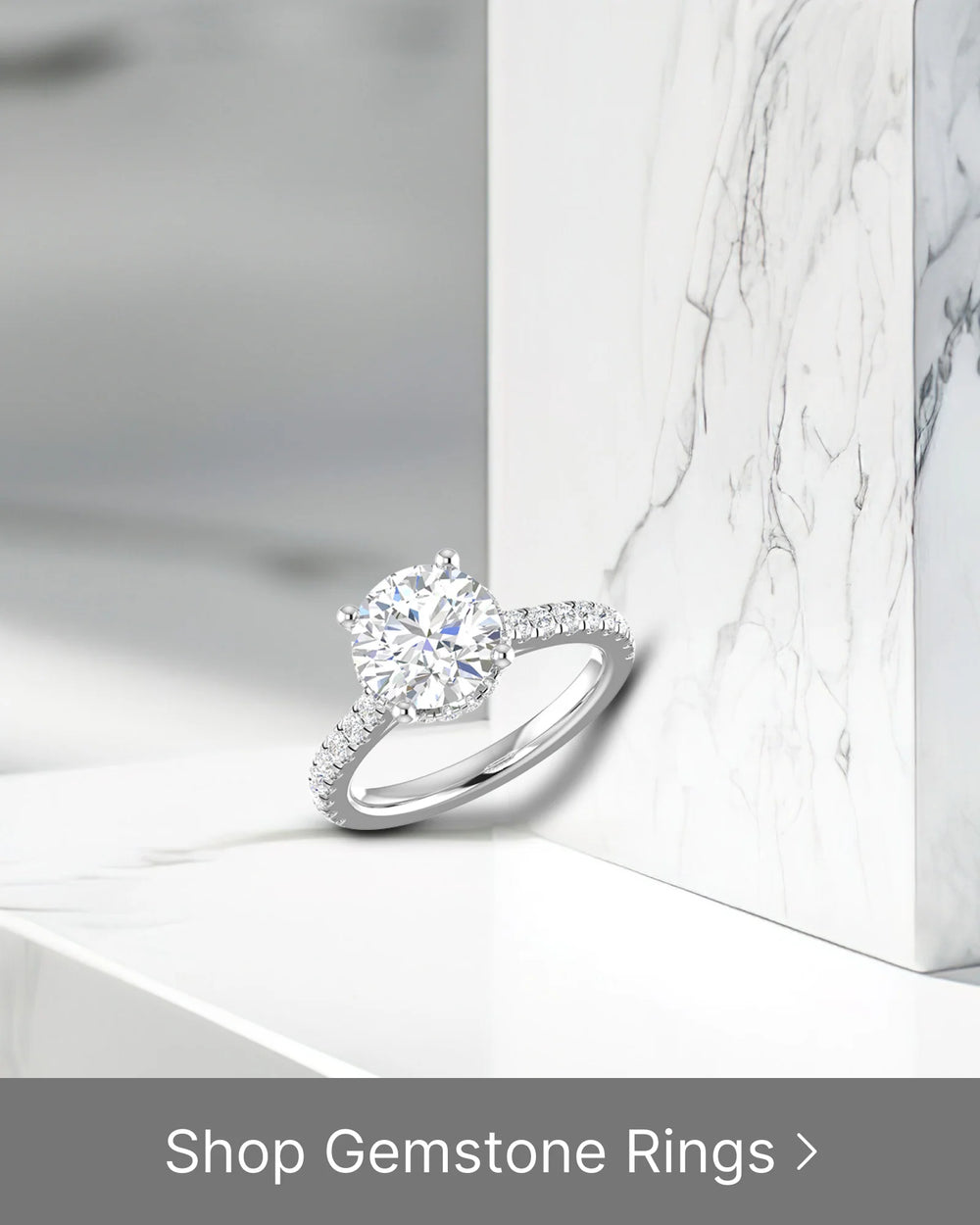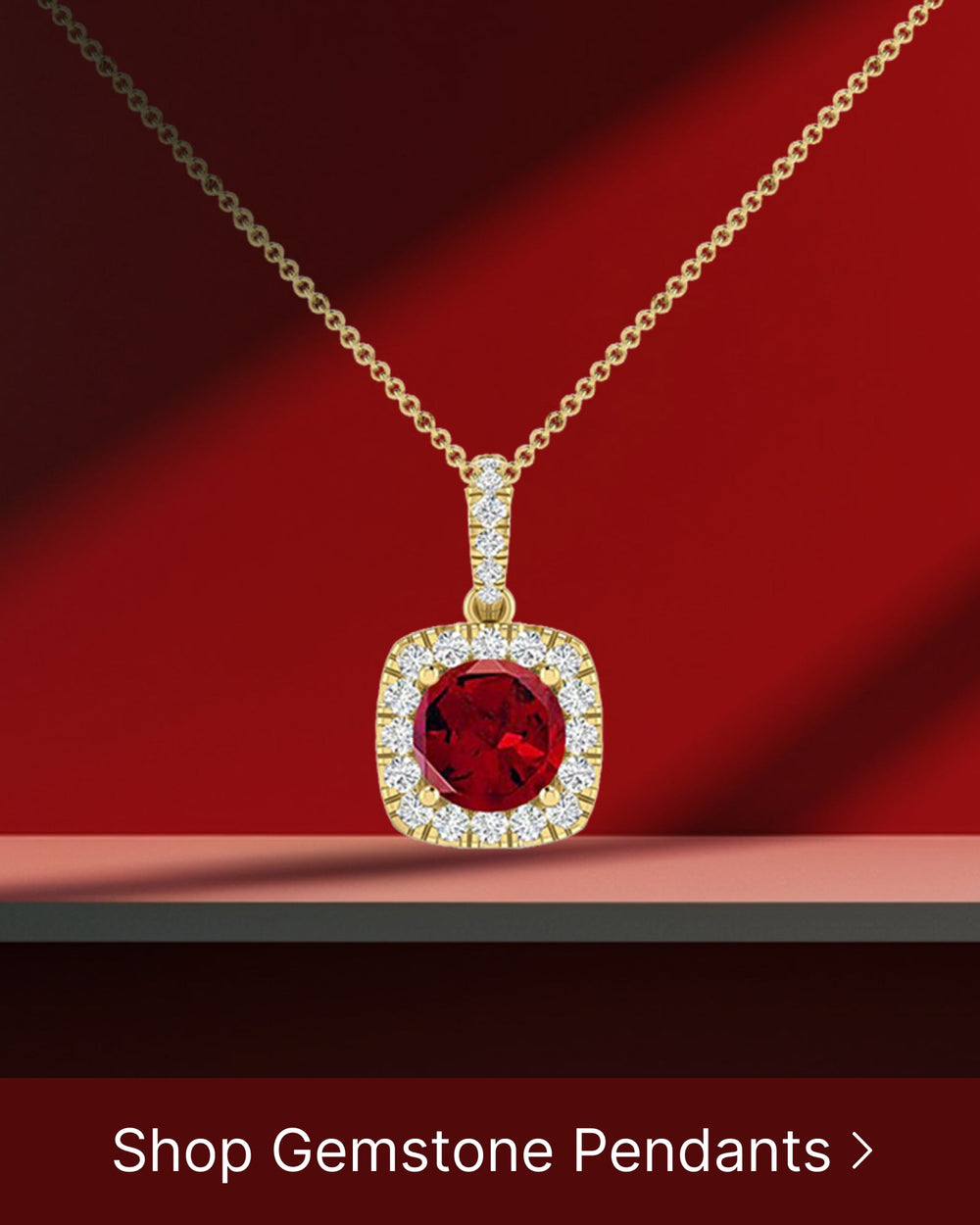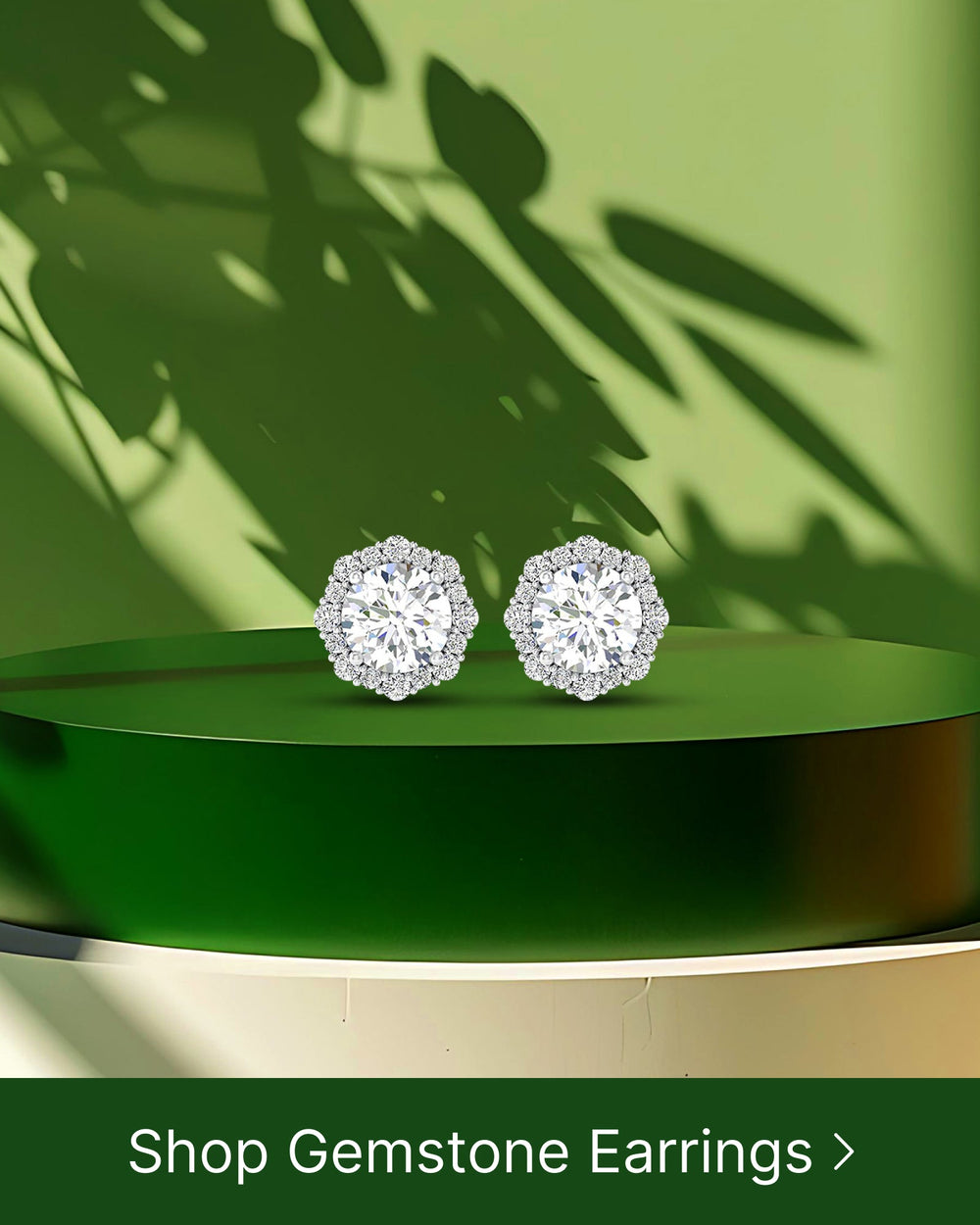In the world of jewelry, finding the perfect fitting ring can be a daunting task. However, with a simple string, you can easily measure your ring size at home. Understanding the importance of accurate ring sizing is crucial to ensure comfort and prevent any potential problems. Incorrect ring sizes can lead to various consequences that can be easily avoided with proper measurement techniques. Although professional ring sizing may seem like the easiest option, it is not always the most convenient. Fortunately, measuring your ring size with a string is a simple and effective alternative.
Understanding the Importance of Accurate Ring Sizing
Accurate ring sizing is not just about ensuring the utmost comfort, but also about taking care of your overall health and maintaining the beauty of your ring. When it comes to wearing a ring, the fit is everything. Wearing a ring that is too tight can cause more than just discomfort. It can actually restrict blood flow to your finger, leading to potential health issues such as swelling or even nerve damage. On the other hand, wearing a ring that is too loose increases the risk of losing it, which can be devastating if it holds sentimental value or is an expensive piece of jewelry.
But accurate ring sizing goes beyond just the practical aspects. It also plays a significant role in enhancing the aesthetic appeal of your ring. When a ring fits perfectly on your finger, it sits in a way that accentuates its beauty. The light hits the gems or metal flawlessly, creating a dazzling effect. Imagine wearing a ring that is too big or too small for your finger. It would not only look odd, but it would also fail to showcase the true brilliance of the design.
By taking the time to measure your ring size accurately, you can avoid these potential consequences and enjoy wearing your ring with confidence. It is a small investment of time and effort that can make a world of difference in your overall ring-wearing experience.
The Consequences of Incorrect Ring Sizes
Wearing a ring that does not fit properly can have several negative effects on both your comfort and the condition of the ring itself. Let's start with tight rings. When a ring is too tight, it can cause discomfort and leave indentations or marks on your skin. These marks can be unsightly and take time to fade away. Moreover, the restricted blood flow caused by a tight ring can lead to swelling in your fingers, making it even more uncomfortable to wear the ring.
On the other hand, loose rings come with their own set of problems. They are at a higher risk of slipping off, especially when you least expect it. Losing a ring can be heartbreaking, especially if it holds sentimental value or is an heirloom piece. Loose rings are also more prone to damage as they move around more freely on your finger. The constant rubbing against other surfaces can cause scratches, dents, or even loss of gemstones.
Additionally, ill-fitting rings may not sit correctly on your finger, affecting their overall appearance. A ring that is too big may spin around or slide to the side, losing its intended design orientation. This can be frustrating, especially if you have chosen a ring with specific features or engravings that are meant to be showcased in a particular way.
By understanding the implications of incorrect ring sizes, you can appreciate the significance of accurate measurements. It is not just about comfort and convenience, but also about protecting your investment and ensuring that your ring looks its best at all times.
Why Professional Ring Sizing Isn't Always Convenient
While professional ring sizing is an option, it is not always the most convenient choice for everyone. Visiting a professional jeweler can take time, especially if you have to book an appointment in advance. This can be inconvenient for those with busy schedules or those who prefer to take matters into their own hands.
Moreover, professional ring sizing may come with a cost, especially if the measurements need to be adjusted multiple times. This can add up, especially if you have multiple rings that require sizing. By learning to measure your ring size with a string or other DIY methods, you can save time, money, and enjoy the convenience of doing it at home.
There are various online resources and tutorials available that guide you through the process of measuring your ring size accurately. With a few simple tools and a little patience, you can determine your ring size with confidence and ensure a perfect fit for your precious rings.
Gathering the Necessary Materials
Before you start measuring your ring size with a string, it is essential to gather the necessary materials. The following items are needed to ensure accurate measurements:
- A thin thread or dental floss
- A ruler or measuring tape
Choosing the right materials for measuring your ring size is crucial to obtaining accurate results. Using a thin thread or dental floss is highly recommended due to their flexibility, which allows for precise measurements. These materials conform to the shape of your finger, ensuring that the measurements are as accurate as possible. On the other hand, using thick or rigid materials may skew the measurements and result in inaccurate results.
Choosing the Right String
When measuring your ring size, it is important to choose the right type of string. Using a thin thread or dental floss is highly recommended. These materials are flexible and allow for precise measurements. Avoid using thick or rigid materials that may skew the measurements and result in inaccurate results.
Additionally, consider the color of the string you choose. It is best to select a string that contrasts with your skin tone, making it easier to see and measure. This will help ensure that you get the most accurate measurement possible.
Preparing Your Finger for Measurement
Prior to measuring your ring size, ensure that your finger is at its normal temperature. Cold fingers tend to be smaller in size, while warm fingers can be slightly larger. By allowing your finger to rest at its natural temperature, you can obtain more accurate measurements.
One way to ensure that your finger is at its normal temperature is to wash your hands with warm water and gently dry them before beginning the measurement process. This will help bring your finger to its natural state and eliminate any external factors that could affect the accuracy of the measurements.
It is also important to note that your finger size can vary throughout the day due to factors such as temperature, humidity, and physical activity. Therefore, it is recommended to measure your ring size at different times of the day to get a more comprehensive understanding of your finger size.
By following these steps and using the right materials, you can ensure that you obtain accurate measurements of your ring size. This will help you find the perfect fit when purchasing a new ring, avoiding any discomfort or sizing issues in the future.
The Step-by-Step Process of Measuring Ring Size with a String
Now that you have gathered the necessary materials, it's time to start measuring your ring size with a string. Follow these simple steps:
Wrapping the String Around Your Finger
Begin by wrapping the string around the base of the finger you wish to measure. Ensure that it is wrapped snugly, but not too tight. The string should fit comfortably around your finger without causing any discomfort or restriction.
Marking the Measurement Point on the String
Once the string is wrapped around your finger, use a pen or marker to mark the point where the string overlaps. This mark will serve as a reference point for measurement.
Measuring the String Against a Ruler
After marking the measurement point, carefully remove the string from your finger and lay it flat on a ruler. Ensure that the starting point aligns with "0" on the ruler, and then measure the length of the string up to the marked point. The measured length represents the circumference of your finger, which can be used to determine your ring size.
Interpreting Your Measurement
Now that you have obtained your measurement, it is important to interpret it correctly to determine your ring size accurately. There are a few factors to consider:
Understanding Ring Size Charts
Ring sizes are typically provided on a standardized chart, which correlates the measured circumference of your finger to a specific ring size. Consult a reputable ring size chart and match your measured length to the corresponding ring size. Keep in mind that different regions may have slight variations in their sizing systems, so it's important to use a chart specific to your location.
Adjusting for Comfort and Fit
Beyond the numerical ring size, it's important to consider your personal preferences for comfort and fit. Some individuals prefer a looser fit, while others prefer a tighter fit. Adjust your ring size measurement accordingly to ensure a comfortable and snug fit that meets your preferences.
Common Mistakes to Avoid When Measuring Ring Size at Home
While measuring your ring size with a string is a simple process, there are common mistakes that you should avoid to ensure accurate results:
Not Accounting for Knuckle Size
When wrapping the string around your finger, ensure that it can pass comfortably over your knuckle. If you have larger knuckles, it's important to take this into account to ensure that the ring will slide on and off effortlessly.
Measuring Cold Fingers
As mentioned earlier, the temperature of your fingers can affect their size. Avoid measuring your ring size with cold fingers as they tend to be smaller. Instead, wait until your fingers have returned to their natural temperature for more accurate measurements.
By following these guidelines and avoiding common pitfalls, you can confidently measure your ring size at home using a simple string. Take the time to measure accurately, and enjoy the perfect fit of your future rings.







